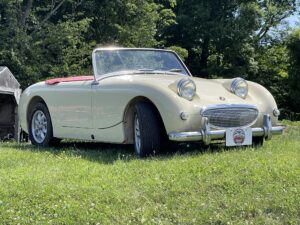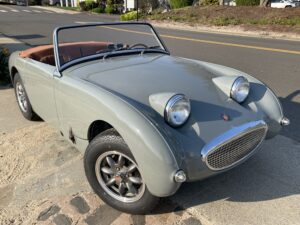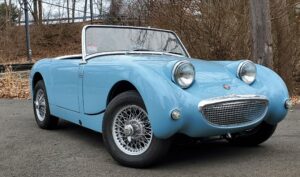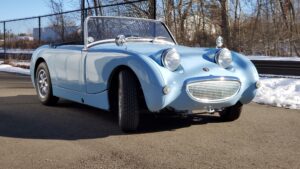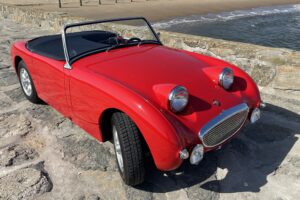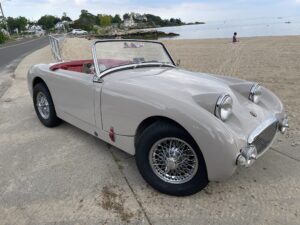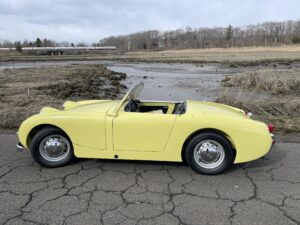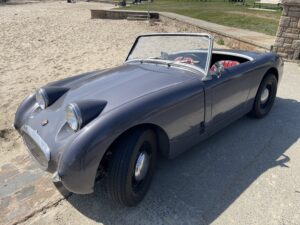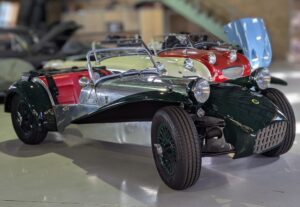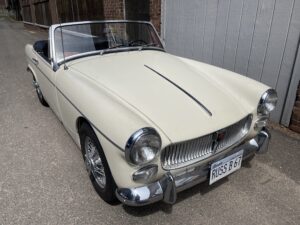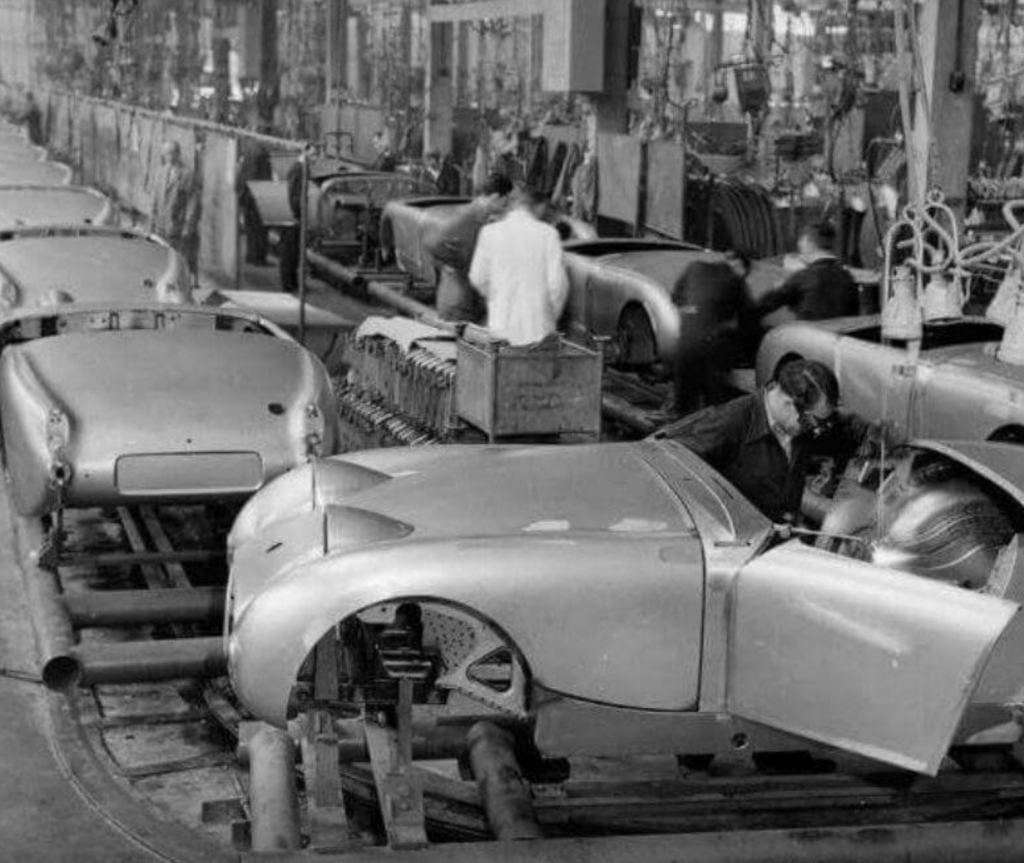
What does “numbers matching” mean to you? In a perfect world, one could be literal, and each car would be mated to an engine with the exact matching digits. In BMC car world, however, nothing matches, and without a heritage certificate, you have no idea if you engine actually came in your car.
Traditionally, we tend to think the matching engine for each Bugeye is “in range,” which has always meant to me plus or minus 500 or so digits. But take a look at the heritage certificate shown below for “Mellow” the 1958 Bugeye, which is soon destined for a new home in Arizona. This car (#6825) has an engine number (#5347), roughly 1500 units out of range.
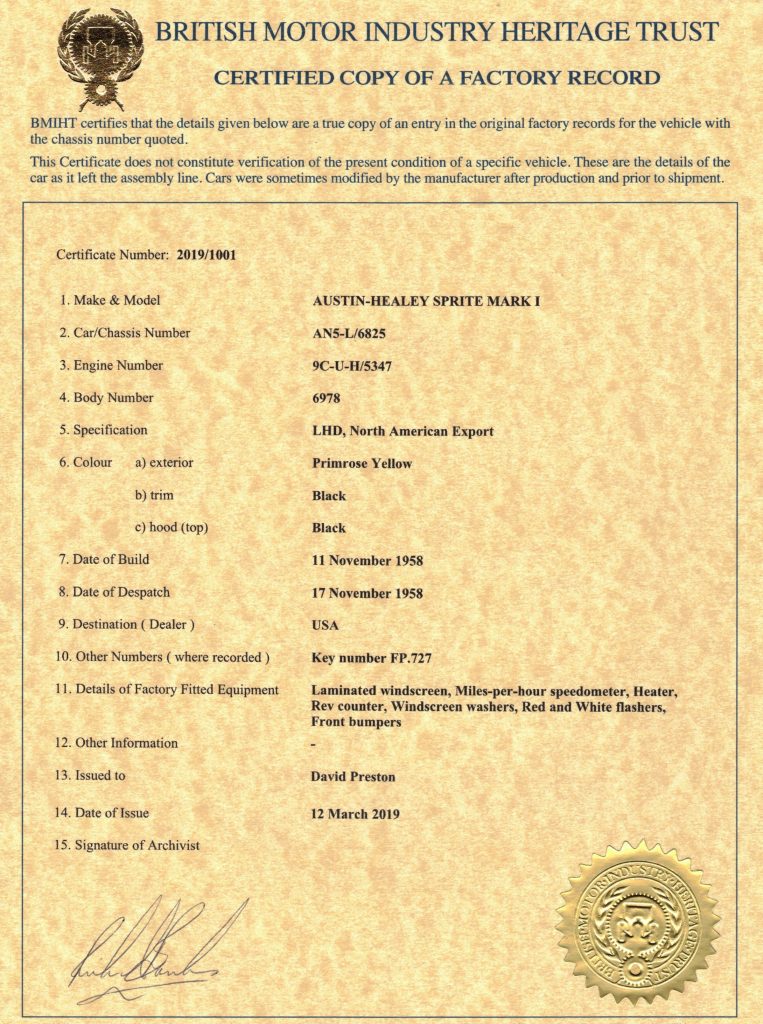
Was this engine rejected, rebuilt and put back into production after 1500 cars passed by? Was this engine hiding under a bench somewhere until someone noticed a perfectly good 948 engine raring to go? We will never know! But at least the heritage certificate confirms that this engine was paired with this car for life (and it is still there to this day).
This particular car was dispatched in mid-November 1958. It would have spent a month or so waiting for a boat ride across the Atlantic, where it would have waited again at a United States dock to clear customs and ship by road to a dealer. The car is titled as a 1959 car, which means the first buyer didn’t come along for the car until 1959, which is not surprising, particularly if the car landed in January at a dealership in a cold climate. I can’t imagine that Bugeyes sold well in the middle of winter.
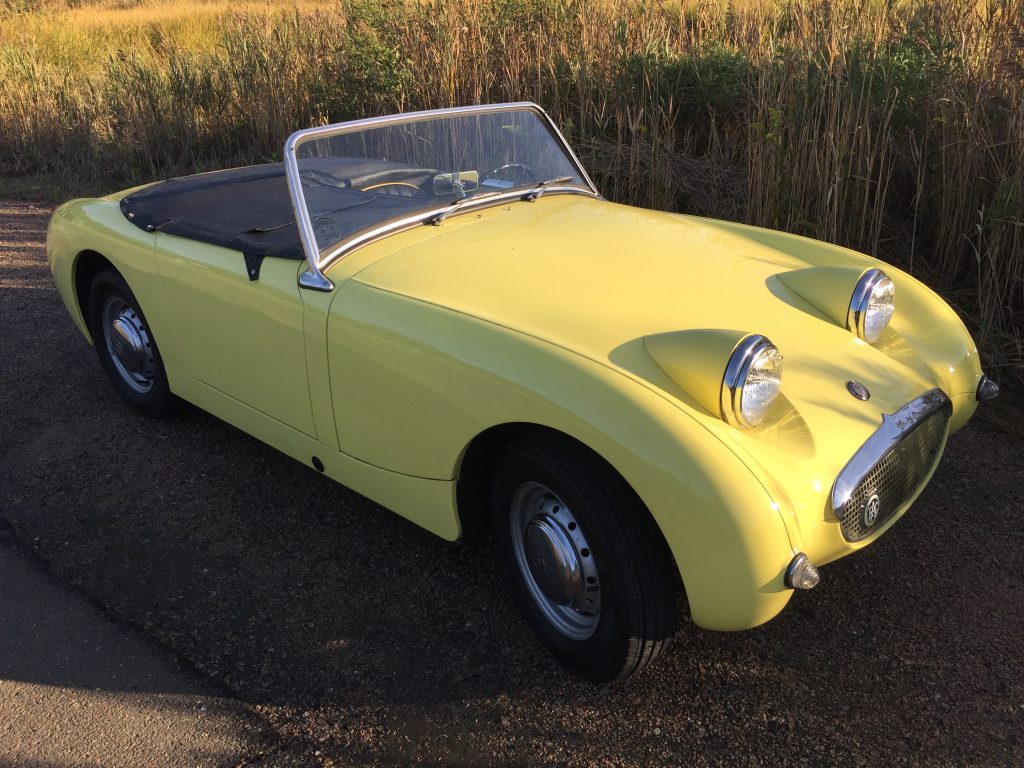
So we have here a completely original car, built in 1958, titled in 1959 and with a matching engine 1500 units out of range. Such is life with the numbering system for most British cars of this vintage. This is not the first (or the last time) we will see this sort of anomaly in the numbering system of the cars we so adore.
If you haven’t got your own heritage certificate, we can help… you can order one here.
